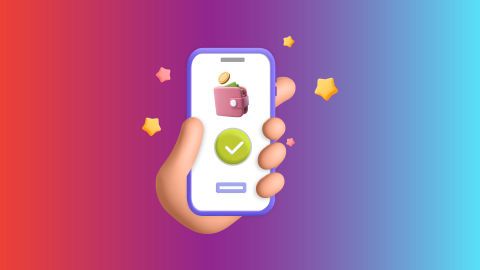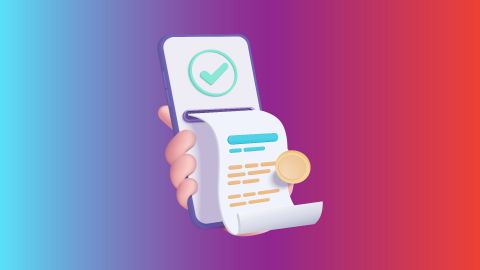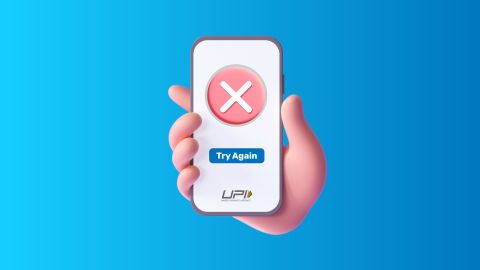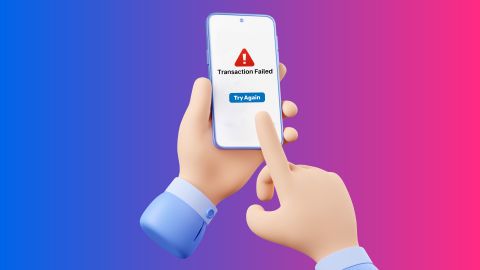How to set up UPI Lite on your device
Setting up UPI Lite on your device is a straightforward process. Here is how you can do it:Download a UPI app: Start by downloading a UPI-enabled app that supports UPI Lite.
Link to your bank account: Open the app and link your bank account by following the on-screen instructions. You will need to verify your mobile number linked to the bank account.
Activate UPI Lite: Once your bank account is linked, navigate to the UPI Lite section within the app settings. Look for an option to enable or activate UPI Lite.
Add funds: You can add funds to your UPI Lite wallet from your linked bank account. The maximum amount that you can hold in your UPI Lite wallet is Rs. 5,000.
Confirm setup: After adding funds, confirm that UPI Lite is activated and ready for transactions.
By following these steps, you can easily set up UPI Lite and enjoy seamless small-value transactions without needing to enter your UPI PIN for every payment.
How to use UPI Lite for small payments
Using UPI Lite for small payments is simple and efficient:Select payment method: When making a purchase, choose UPI Lite as your payment option in the app.
Enter the amount: Specify the amount that you wish to pay, ensuring it does not exceed Rs. 1,000 per transaction.
Complete transaction: Confirm the payment without entering your UPI PIN. The amount will be deducted directly from your UPI Lite wallet.
Use QR codes or contacts: You can make payments by scanning a QR code or entering the recipient's phone number or UPI ID.
This hassle-free method allows you to quickly complete transactions for everyday purchases like groceries and snacks.
Benefits of UPI Lite for micro-transactions
No need for UPI PIN: Users can make quick payments without entering their UPI PIN for transactions under Rs. 1,000, enhancing convenience.Faster transactions: The simplified process speeds up payments, making it ideal for micro-transactions in retail environments.
Reduced transaction failures: Designed to handle small-value payments efficiently, even during peak hours, minimising payment failures.
User-friendly interface: Easy-to-navigate features make it accessible for all users, including those less familiar with technology.
Organised transaction history: All transactions are recorded within the app, helping users keep track of their spending without cluttering bank statements.
Comparison: UPI Lite vs other payment options
| Feature | UPI Lite | Traditional payment methods |
| Transaction limit | Up to Rs. 1,000 per transaction | Varies (typically higher limits) |
| PIN requirement | No PIN needed for small payments | Requires PIN or signature |
| Speed of transactions | Instantaneous | May take longer (especially with checks) |
| User experience | Simplified interface | Can be complex (especially with cards) |
| Accessibility | Available on basic smartphones | Requires internet-enabled devices |
How ATMs and cash recyclers improve banking efficiency
Both ATMs and teller cash recyclers enhance banking efficiency by automating cash handling processes. ATMs provide customers with quick access to cash withdrawals and other banking services without needing teller assistance. This self-service model reduces wait times and allows banks to serve more customers efficiently. Teller cash recyclers streamline cash management within branches by automating deposits and withdrawals for tellers, reducing manual cash handling errors and improving accuracy in cash flow management. Together, these technologies enable banks to optimise their operations while enhancing customer satisfaction through faster service delivery.Types of transactions supported by ATMs
Cash withdrawals: Users can withdraw cash from their accounts.Balance inquiries: Customers can check their account balances.
Fund transfers: Some ATMs allow transfers between accounts.
Ministatements: Users can print ministatements showing recent transactions.
Bill payments: Certain ATMs enable bill payments directly from accounts.




